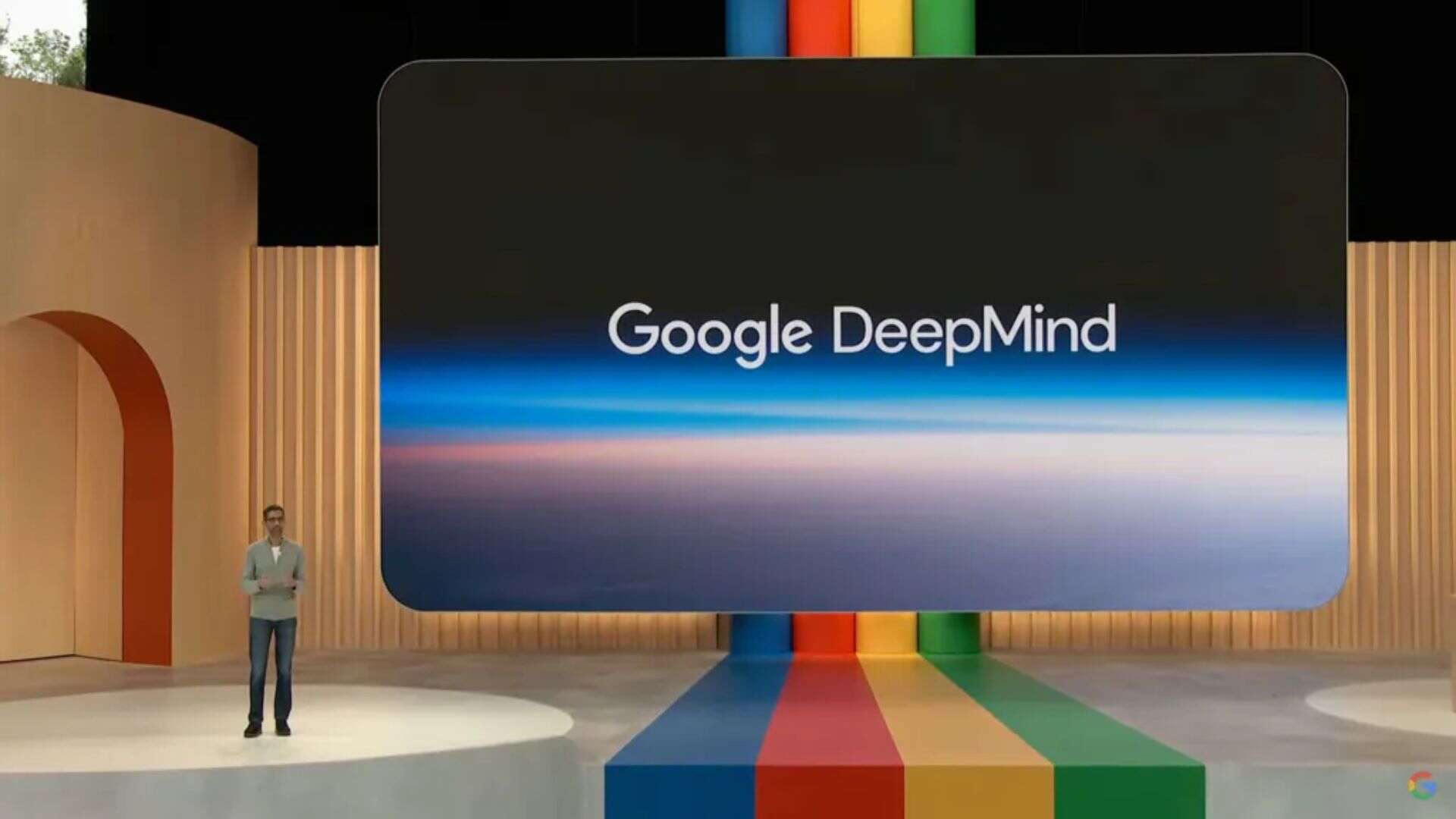Google DeepMind Introduces V2A AI Model: Revolutionary AI for Generating Video Soundtracks and Dialogue
All Updates on Google DeepMind’s V2A AI Model: Next-Gen Video-to-Audio Technology Explained
Google DeepMind has introduced a groundbreaking AI model named V2A (Video-to-Audio), designed to generate highly realistic and synchronized soundtracks, ambient noise, and human-like dialogue from silent video content. This innovation marks a significant step toward automated, AI-powered video production, making it easier for creators, filmmakers, and developers to add immersive audio to their visual projects.
What Is V2A AI?
The V2A model stands for "Video-to-Audio", and it's built using multimodal AI architecture, which means it can understand and generate outputs across different types of media (visual + audio).
Unlike traditional sound design, which requires manual editing or large teams of audio engineers, V2A automatically analyzes visual content — such as actions, environment, and speech patterns — and generates audio that matches the scene context.
Key Features of V2A AI
1. AI-Generated Soundtracks
V2A can generate background music and scene-based soundscapes that align with the mood, setting, and emotional tone of the video.
2. Realistic Dialogue Generation
One of the standout features of V2A is its ability to generate human-like dialogue by interpreting mouth movements (lip-syncing) and context. This can be used for:
-
Dubbing
-
Voiceovers
-
Multilingual adaptations
3. Contextual Ambient Sounds
V2A also adds ambient sounds such as:
-
Footsteps on various surfaces
-
Background chatter
-
Environmental noises like wind, water, or city sounds
These sound effects are generated automatically based on what’s happening in the video.
4. Multilingual Support
DeepMind has trained V2A with multilingual data, making it capable of generating speech in different languages or translating dialogue while keeping the original speaker's tone and emotion.
How Does It Work?
V2A combines:
-
A vision transformer to analyze frames of the video
-
A large language model to generate relevant audio scripts/dialogue
-
A text-to-audio synthesis engine that turns those scripts into sound
This is done end-to-end, meaning users only need to upload a video clip and the AI takes care of the rest—no need for separate scripting or audio editing.
Use Cases
V2A has vast applications across industries:
-
Film & Video Production: Save time on post-production sound design
-
Education & Training: Add narration to silent visuals
-
Social Media Content: Quickly add high-quality audio to reels and shorts
-
Gaming: Auto-generate audio for in-game cutscenes or animations
-
News & Documentaries: Enhance archive footage or silent clips with voiceovers
Ethical & Safety Measures
Google DeepMind has taken steps to ensure V2A is not used for malicious purposes. The company is:
-
Including watermarks and metadata to identify AI-generated audio
-
Releasing V2A with limited access to researchers and developers initially
-
Promoting transparency by publishing technical papers outlining how the model was trained
Future Plans
Google plans to integrate V2A into various tools, possibly including:
-
YouTube editing suite
-
Google Photos (for video enhancement)
-
Android content creation apps
They may also allow pairing V2A with text-based prompts or other AI tools like Gemini or Bard for custom video + audio generation workflows.
